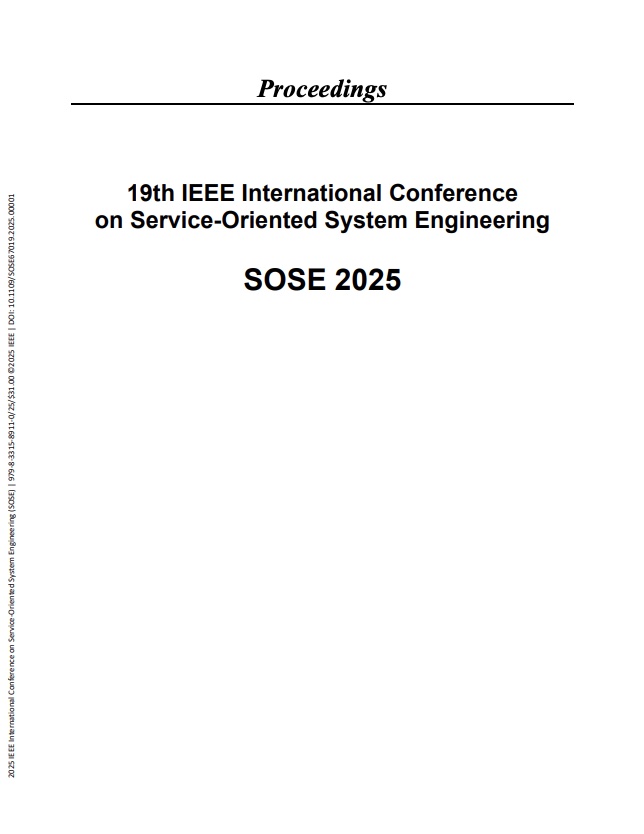A virtual lab maturity model for guiding the co-development of advanced virtual research environments
Abstract
Advanced data science and AI technologies, such as Digital Twins, offer new avenues for innovation in addressing complex scientific problems. However, developing an effective Virtual Research Environment (VRE) to realize these innovation potentials is technically challenging. Incorporating the emerging technologies into the research lifecycle as a new problem-solving paradigm requires assembling diverse software and technological components, which are often not yet fully production-ready. Additionally, successful implementations are often limited to demonstrator cases that are difficult to generalize, leading to significant development risks when creating mature services within a VRE intended for large scientific communities. While agile practices can support development by promoting close engagement with end users throughout the process, their iterative nature does not inherently guarantee the evolution …
 Published as:
Published as:
Z. Zhao,
W. D. Kissling,
G. M. Hengeveld,
I. Athanasiadis,
K. Soetaert,
A. Hof,
A virtual lab maturity model for guiding the co-development of advanced virtual research environments,
2025 IEEE International Conference on Service-Oriented System Engineering (SOSE), pg. 20-26,
2025, IEEE, doi:10.1109/sose67019.2025.00007.
You might also enjoy (View all publications)
- Corn yield estimation under extreme climate stress with knowledge-encoded deep learning
- AirCast: Improving air pollution forecasting through multi-variable data alignment
- A virtual lab maturity model for guiding the co-development of advanced virtual research environments
